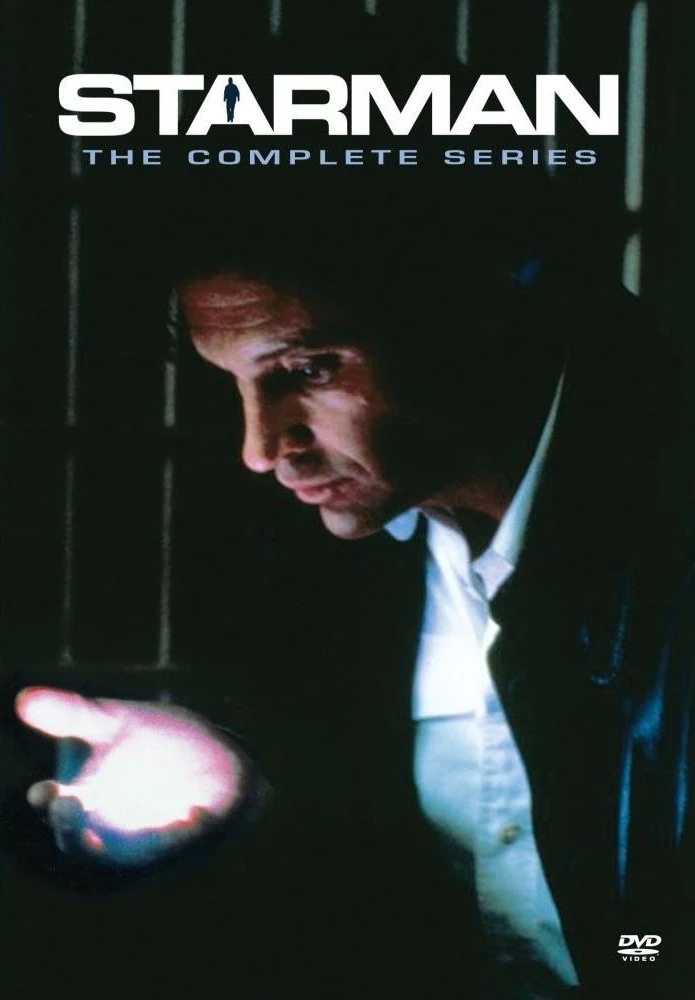Collecting antique scientific instruments offers a unique glimpse into the history of discovery and innovation. These prized tools, once used by scientists, astronomers, and navigators, hold both historical and aesthetic value. From precision-crafted telescopes to intricate microscopes, each item tells a story of scientific advancement. Today, collectors seek out these rare pieces not only for their beauty but also for their significance in shaping modern science. The following list highlights some of the most highly coveted instruments that continue to capture the fascination of enthusiasts and historians alike.
Brass Sextant by Thomas Blunt (1800s)
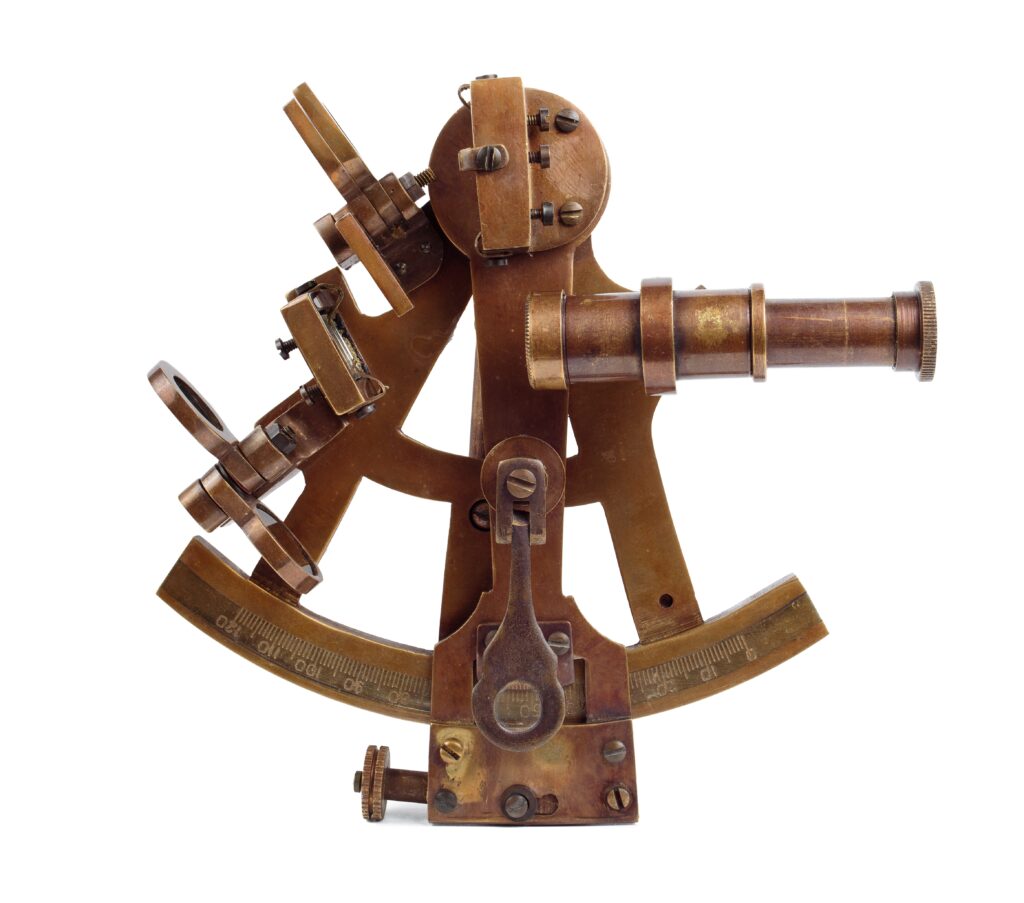
Collectors treasure this brass sextant, crafted by Thomas Blunt in the early 19th century. Known for its precision in maritime navigation, this instrument is fitted with intricate dials and mirrors. Its design blends both form and function, reflecting the high craftsmanship of the period. Today, a well-preserved sextant from this maker can fetch prices around $8,000 to $12,000 at auction. The patina and original case often enhance its value.
Edward Nairne’s Barometer (1770s)

Barometers made by Edward Nairne during the late 18th century are sought after by collectors due to their rarity and historical significance. This elegant device, used to measure atmospheric pressure, features a mahogany frame and brass fittings. Nairne’s attention to detail makes this piece a standout in any collection of antique instruments. Its value often ranges between $10,000 and $15,000 depending on the condition. A barometer in near-mint condition with original paperwork can command even higher prices.
Gregorian Reflecting Telescope (Late 1700s)
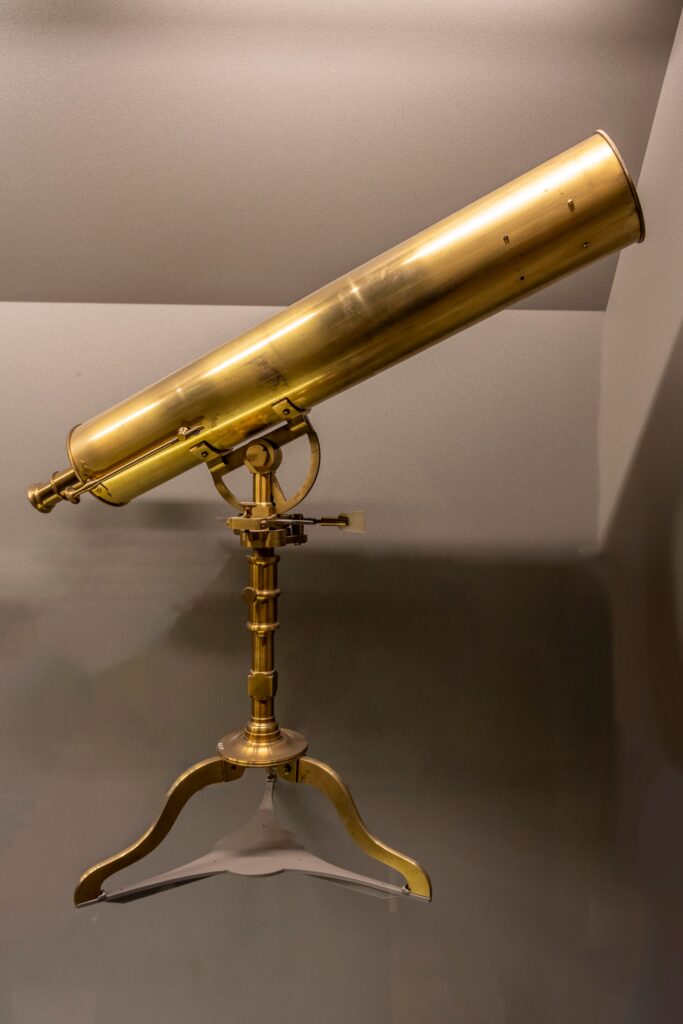
The Gregorian reflecting telescope, developed in the late 1700s, is a gem for antique collectors interested in early astronomy tools. These telescopes, often constructed with brass tubes and precision lenses, were revolutionary in their time. Collectors value the craftsmanship and the historical leap in astronomy they represent. Depending on the condition and maker, prices can range from $15,000 to $25,000. Rare models signed by famous makers can push these values even higher.
George Adams Orrery (1770s)
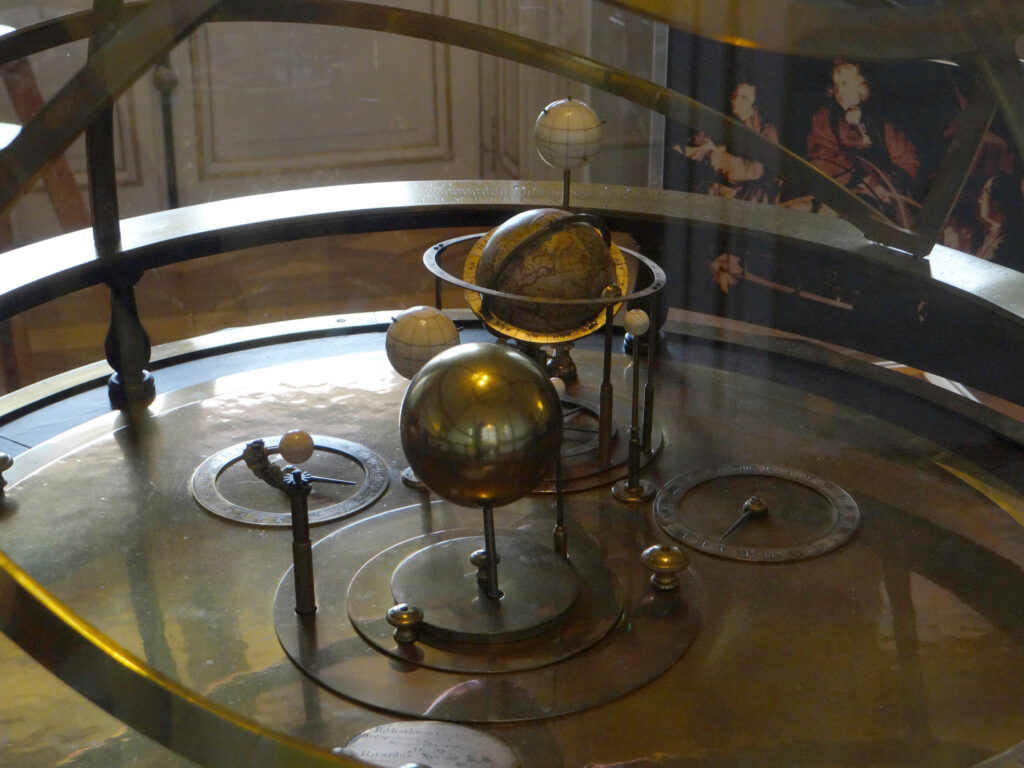
The George Adams Orrery, a mechanical model of the solar system, fascinated scientists and collectors alike in the 18th century. With intricate brass gears and celestial bodies, this instrument demonstrated planetary movements with precision. Collectors value the orrery not only for its scientific significance but also for its artistic craftsmanship. Prices for Adams’ orreries can reach $25,000 to $40,000. Well-preserved examples with all their moving parts intact are especially coveted.
Mathematical Dividers by Dollond (1760s)
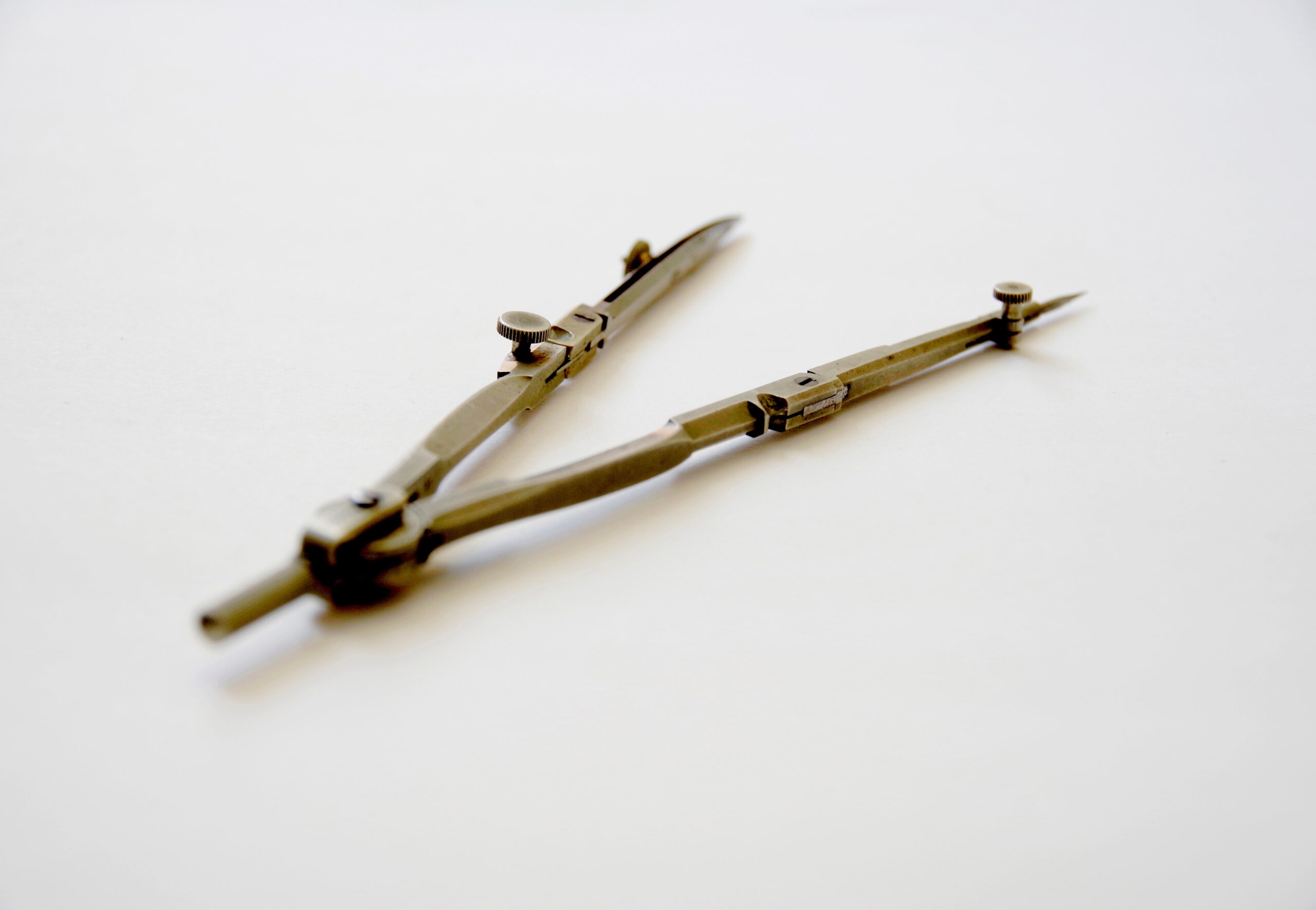
Mathematical dividers made by John Dollond in the 18th century are sought after for their precision and historical importance in navigation and astronomy. These brass instruments, used for accurate measurements, showcase the meticulous craftsmanship of the time. Collectors are drawn to their blend of functionality and aesthetic design. A pair in good condition can sell for $4,000 to $6,000. Provenance from a notable scientist or explorer can further elevate their value.
John Bird Astronomical Quadrant (1767)
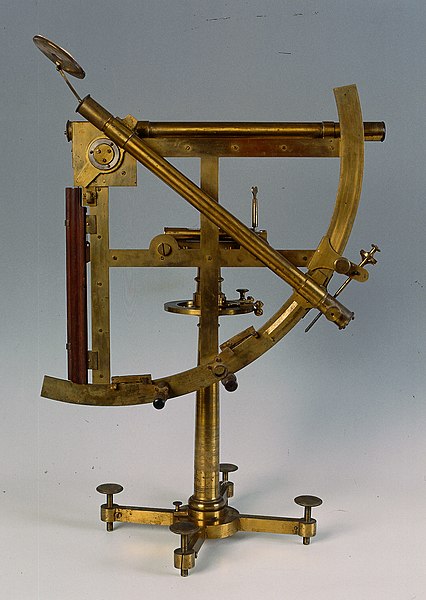
John Bird’s astronomical quadrants were essential tools for 18th-century astronomers to measure the altitude of celestial bodies. These instruments, often mounted on brass stands, are both highly accurate and visually striking. Bird’s craftsmanship has made his quadrants some of the most desired pieces among collectors. Prices for these instruments typically range between $12,000 and $20,000. Quadrants in pristine condition or with historical significance can fetch even higher sums.
Elliott Brothers Surveyor’s Theodolite (1850s)
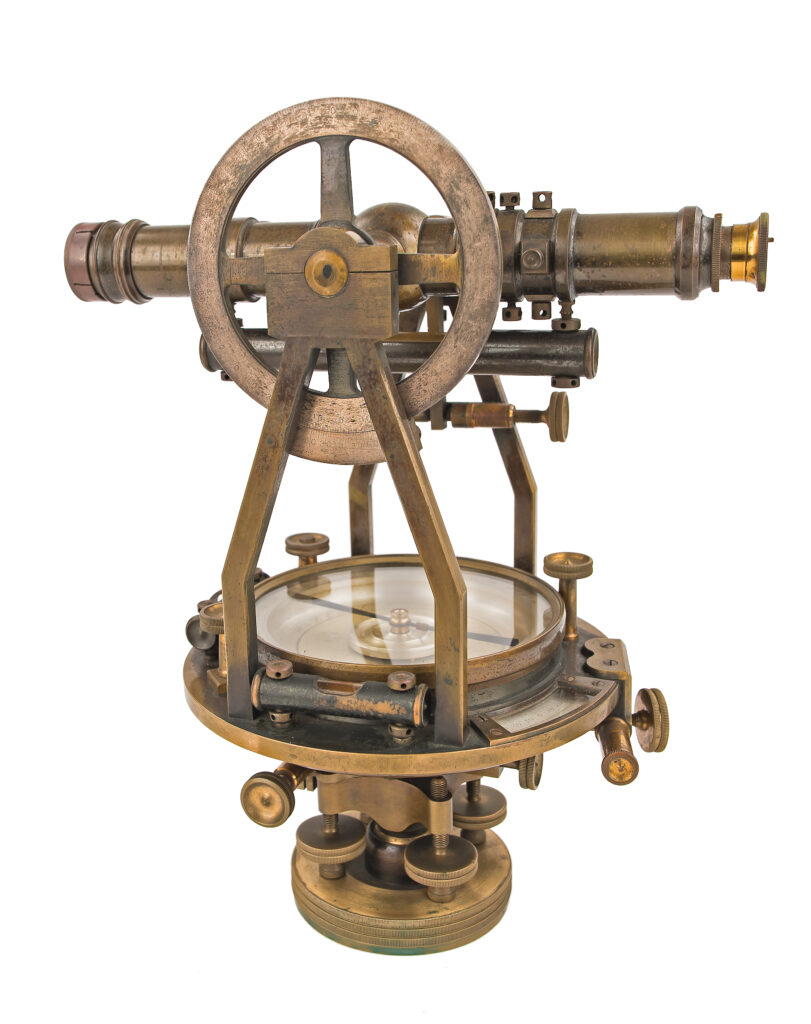
The Elliott Brothers were known for their high-quality surveyor’s theodolites in the 19th century. Used for precise land measurements, these brass instruments played a pivotal role in mapping during the Victorian era. Collectors appreciate their combination of scientific precision and elegant design. Depending on its condition and provenance, an Elliott Brothers theodolite can be valued between $8,000 and $14,000. Instruments with complete accessories are particularly prized.
John Cuff Compound Microscope (1740s)
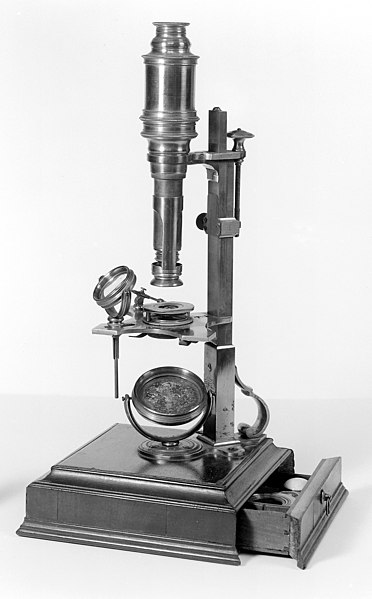
John Cuff’s compound microscopes are some of the earliest examples of this technology, used by scientists in the mid-18th century. With their intricate brass construction and highly magnified lenses, they allowed for groundbreaking discoveries in biology. Collectors seek these microscopes for their historical significance and visual appeal. A John Cuff microscope in good condition can command $12,000 to $18,000. Microscopes with original cases and lenses in working condition are especially valuable.
Barlow’s Wheel (1830s)
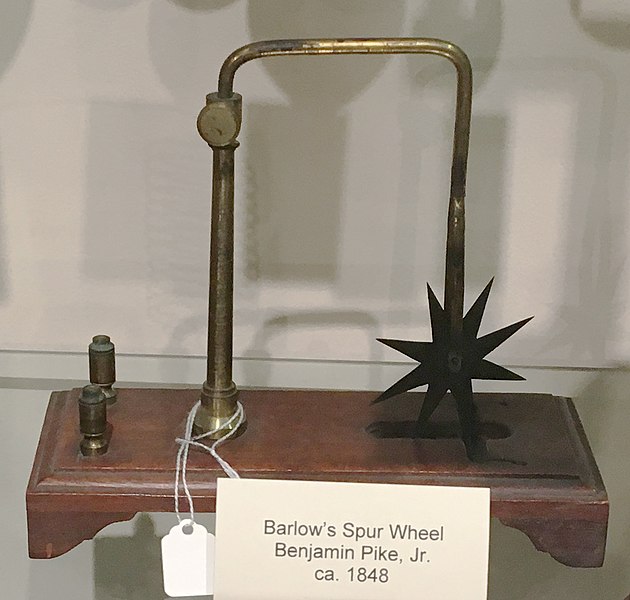
Barlow’s Wheel, an early demonstration of electromagnetic rotation, became a notable educational tool in the 19th century. This apparatus, which showcases the principles of electricity and magnetism, is sought after for its educational and historical value. Its copper disk and magnetic fields are fascinating examples of early experimentation. Collectors often pay between $5,000 and $8,000 for a Barlow’s Wheel. Authentic examples from early physicists are particularly desirable.
Leonardo da Vinci’s Compass (16th century reproduction)
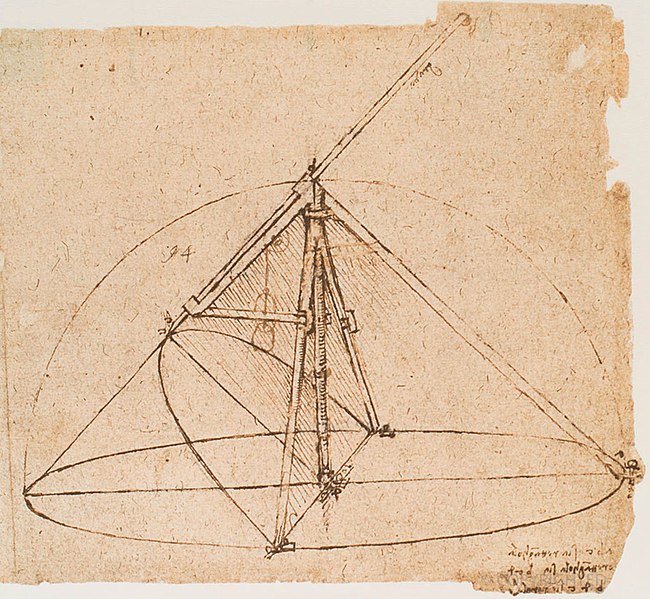
Reproductions of Leonardo da Vinci’s compass, based on his original sketches, are highly prized for their historical significance and artistic craftsmanship. These brass instruments were used for measuring distances and creating intricate drawings. Though not original, well-crafted reproductions can fetch $4,000 to $6,000, depending on the maker and provenance. Collectors appreciate their connection to da Vinci’s legacy in both art and science.
This article originally appeared on Rarest.org.
More From Rarest.Org
The 1980s were a golden era for television, filled with iconic shows that became household names. However, beyond the major hits, there were also numerous lesser-known series that, despite their brief runs, managed to capture the hearts of niche audiences. Read more.
Endurance racing is not just a test of speed; it’s a grueling challenge that pushes athletes to their physical and mental limits over long distances and extended periods. From the iconic 24 Hours of Le Mans to the extreme conditions of Transgrancanaria, these events attract top competitors and offer substantial financial rewards. Read more.
Mountains have always held a special place in the human imagination, often viewed as sacred, mystical, or even the dwelling places of gods. Across the world, certain peaks have been revered not just for their towering beauty but for the legends and spiritual significance that surround them. Read more.

